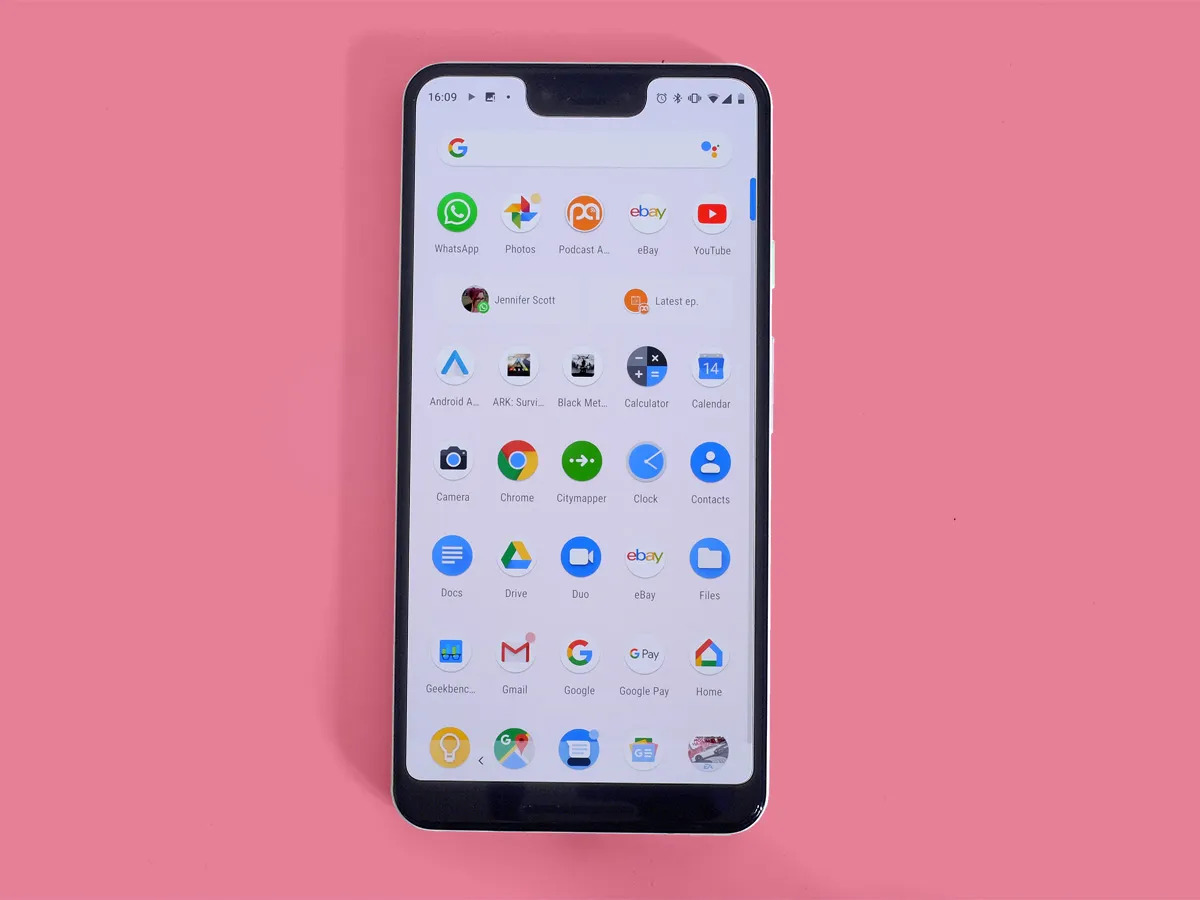
The Pixel 3 has been a much-anticipated release for Android enthusiasts, promising a host of exciting features and cutting-edge technology. With its powerful processors, stunning display, and impressive camera capabilities, it’s no wonder that the Pixel 3 has become a dream device for many in the Android community. However, despite all its advancements, there is one aspect that has left some wondering if the design team dropped the ball halfway through the process. The Pixel 3’s design seems to be half-finished, with a significant bezel at the top of the screen, which feels outdated in an era of bezel-less displays. In this article, we will delve into the reasons behind this design choice and explore whether it impacts the overall user experience of the Pixel 3. Let’s take a closer look at this highly debated topic and see if the Pixel 3 truly lives up to the expectations of Android fans.
Inside This Article
Pixel 3 Is An Android Fan’s Dream, But Why is The Design Half-Finished?
When it comes to Android smartphones, the Pixel 3 is often regarded as a dream device for enthusiasts. Its impressive camera capabilities, pure Android experience, and fast performance make it a flagship phone worth considering. However, despite its many strengths, one aspect of the Pixel 3’s design has left some fans feeling disappointed – its incomplete design.
The Pixel 3 falls short in terms of design innovation compared to its competitors. While other flagship phones boast sleek and futuristic designs, the Pixel 3 seems to lag behind. This incomplete design hampers its overall appeal and raises the question: why is the design of the Pixel 3 half-finished?
One of the most glaring aspects of the incomplete design is the presence of thick bezels at the top and bottom of the screen. In an era where smartphones strive for edge-to-edge displays, the Pixel 3’s bezels feel outdated and uninspiring. While the larger bezels may house front-facing speakers, it comes at the cost of screen real estate and a modern aesthetic.
Another design aspect that leaves much to be desired is the use of a single rear camera setup. In a market where multiple camera lenses have become the norm, the Pixel 3’s reliance on a single camera seems like a missed opportunity. Although Google’s computational photography software is impressive, the lack of versatility in camera options may be a drawback for photography enthusiasts.
Further contributing to the feeling of an incomplete design is the limited choice of color options. The Pixel 3 is only available in three colors: Clearly White, Just Black, and Not Pink. While these options may appeal to some, they pale in comparison to the wide variety of color choices offered by other flagship smartphones. The lack of personalization through color options further highlights the Pixel 3’s design limitations.
Conclusion
In conclusion, the Pixel 3 is undoubtedly an Android fan’s dream come true, with its powerful hardware and innovative software features. It offers a seamless and intuitive user experience, making it a top choice for smartphone enthusiasts. The camera performance is exceptional, capturing stunning photos in any lighting condition. The Google Assistant integration is a game-changer, creating a more efficient and personalized smartphone experience. However, the one area where the Pixel 3 falls short is its design. The half-finished design, particularly the large bezels, doesn’t match up to the premium and sleek aesthetics of its competitors. Despite this flaw, the Pixel 3 still manages to impress with its overall performance and features. So, if you’re an Android aficionado looking for a powerful smartphone, the Pixel 3 is definitely worth considering.
FAQs
1. Is the Pixel 3 the best phone for Android users?
While the Pixel 3 offers a fantastic Android experience, claiming it is the best phone for Android users would depend on individual preferences. With its powerful hardware, pure Android software, and outstanding camera capabilities, it is certainly a strong contender. However, factors such as budget, design preference, and specific feature requirements may influence the choice of Android phone.
2. What sets the Pixel 3 apart from other smartphones?
The Pixel 3 stands out from its competitors with its exceptional camera capabilities. Its advanced computational photography features, including Night Sight and Super Res Zoom, consistently deliver stunning photos. Additionally, the Pixel 3 benefits from Google’s deep integration of AI, offering smart features like Call Screen and Duplex.
3. Why do some users criticize the design of the Pixel 3?
Some users have criticized the design of the Pixel 3, referring to it as “half-finished” due to the noticeable bezels and lack of dual cameras. However, design preferences are subjective, and what may be a drawback for some could be seen as a non-issue for others. It’s worth noting that the Pixel 3 focuses more on its software and camera performance, which are its standout features.
4. What are the key features of the Pixel 3?
The Pixel 3 boasts several standout features, including its exceptional camera performance, pure Android software experience, and fast performance thanks to its Snapdragon 845 processor. It also offers wireless charging, water resistance, and features like Active Edge for quick access to the Google Assistant.
5. How does the Pixel 3 compare to other flagship smartphones?
In terms of camera performance and software experience, the Pixel 3 can compete with the best flagship smartphones on the market. However, it lacks some features that other flagship phones may offer, such as an edge-to-edge display or multiple rear cameras. Ultimately, the decision to go for the Pixel 3 or another flagship device will depend on individual priorities and preferences.
